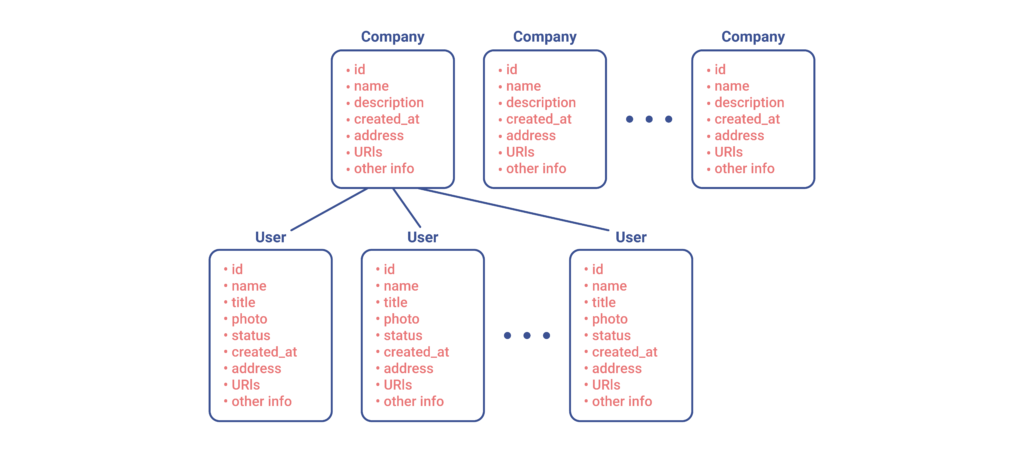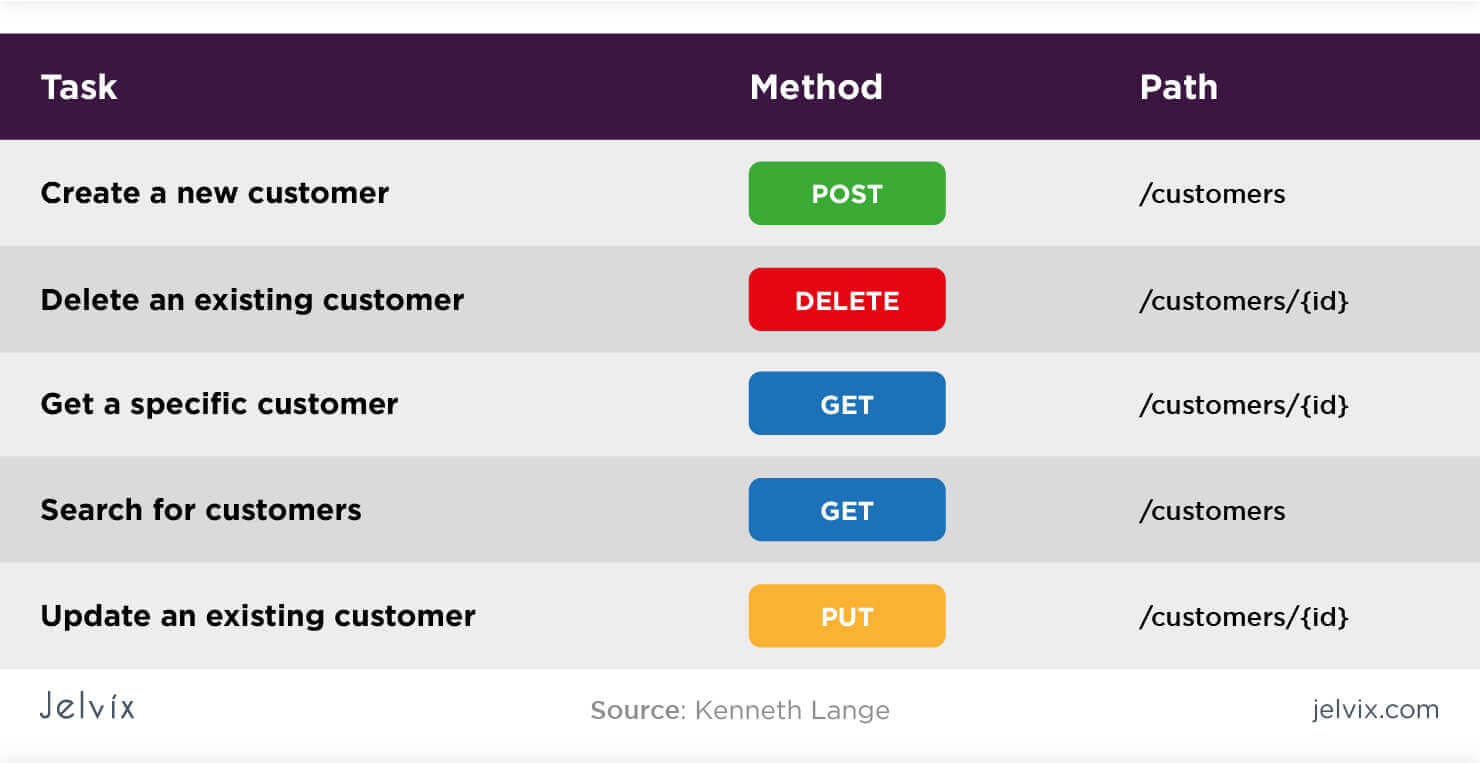

The OpenAPI Initiative and OpenAPI Specification (OAS) are community-driven efforts to promote agnosticism across APIs. There’s also been a strong push to standardize REST API design. Just one API can provide value to numerous customers.
Graphql vs rest software#
This flexibility is an awesome asset to software engineers. Its interfaces are uniform-making it ideal for working across different tech stacks-and simplifies client-server communication. REST excels at retrieving a boatload of data without impacting server performance at scale. These APIs are also stateless requests and their responses are independent from others. This server is an intermediary between clients and resources, which provides authentication, authorization, and therefore some degree of isolation between users and data. RESTful architectures also leverage a server to route requests.

Any REST API can read, create, update, and remove resources, respectively. REST is based on standard CRUD verbiage to interact with resources, including GET, POST, PUT, and DELETE. These Unique Resource Identifiers can recognize (and ultimately help serve) a number of items to users.
Graphql vs rest how to#
REST APIs know how to locate a vast array of information thanks to their underlying URI structure. We describe it as such because REST APIs follow a very specific blueprint, and these resource arrangements determine how applications request data.

REST is an API architecture first and foremost. How exactly do they compare? Follow along as we analyze both technologies from a variety of perspectives.

Overall, GraphQL has been long focused on returning control to the client.īoth REST and GraphQL certainly have their devotees. Facebook engineers developed GraphQL to solve a very tricky problem: requesting complex, nested data while maintaining performance. Opposite to REST, GraphQL occupies an interesting niche in the software realm because its structure is so fundamentally different (but more on that later). Note that we say “query language” instead of “architecture” here. Seeing its first public action within Facebook’s iOS app that year, the query language was later open sourced in 2015. Twelve years later, Facebook would introduce the world to GraphQL after a lengthy internal development period. REST APIs have since become the de facto standards across the industry. Thankfully, REST architecture alleviated these concerns by working via HTTP-an internet protocol that still enjoys massive popularity today. Plenty of legwork was needed to effectively translate API payloads into something usable. Preceding protocols like SOAP and RPC were decidedly restrictive due to their client library dependencies. Introduced in 2000 by Roy Fielding, Representational State Transfer (REST) was created to facilitate seamless machine-to-machine communication. REST is undoubtedly the more mature member of the duo. Each plays a critical supporting role in feature enablement-connecting the user’s frontend interactions with backend mechanisms. Accordingly, REST and GraphQL have grown to become leading technologies for developers. How services communicate fundamentally impacts how users request information throughout their active sessions. In our API-heavy, data-driven world, applications are front and center when it comes to delivering exceptional user experiences.


 0 kommentar(er)
0 kommentar(er)
